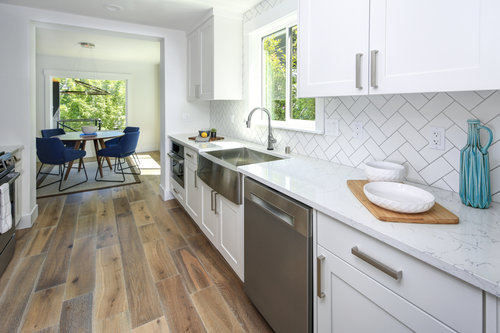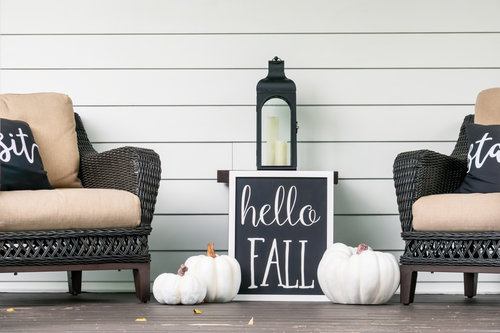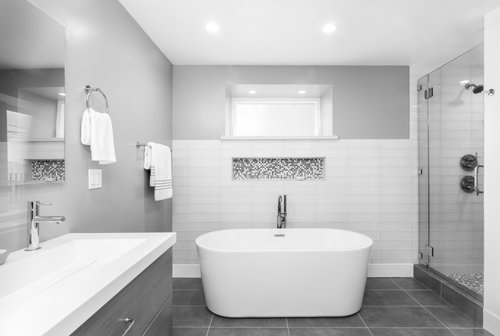Even if the weather isn’t cooperating quite yet – spring is on the way! Cheering up your home with some spring decor is the perfect way to prepare for warmer days and more sunshine. Here are some options to prepare your home for the next season!
ADD AN HERB GARDEN
While they may not last outdoors with the sporadic weather of spring, bringing potted herbs into your home and letting them soak up sunlight in a kitchen window is the perfect way to add life to your home and have access to fresh herbs while you’re cooking.
THINK SPRING
If you are all about DIY-ing, creating simple decorations can add a pop of seasonal color to your home. Take that pair of rain boots you don’t wear anymore and turn them into planters – add bright floral arrangements and use your new decor item as an inviting piece by your front door.
POPS OF COLOR
Neutral and sleek is all the rage right now, but adding a pop of color in your normal decor can add a cheerful touch to your home. Swap out your kitchen napkins or tablecloth with something a little bit more colorful, like soft blues or pinks. Small changes can do enough to make your home feel different without being overwhelming.
FLORALS ARE ALWAYS THE ANSWER
Whether or not you already include florals in your home decor, take the time to swap out or add something new that feels like spring. While fresh flowers are a great choice, consider picking up some faux florals for the majority of your decor and saving the fresh flowers for a centerpiece. Don’t be afraid to add pops of color, specifically yellows and pinks, to create a focal point for the room.
TOUCH UP TIME
Is there a room in your home that is just feeling drab? Maybe it is dark and uninviting, or maybe it has white walls that have started to fade. While you are spring cleaning, consider adding a fresh coat of paint to a place in your home that needs a boost of light. Spring is all about being fresh and new, so your home should feel that way too!
Danesha Ritzberg
RitzbergRealty.com
(404) 793-0610










